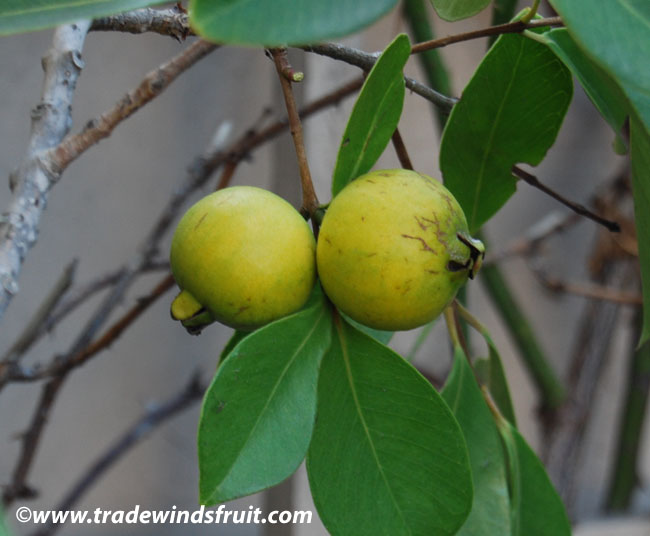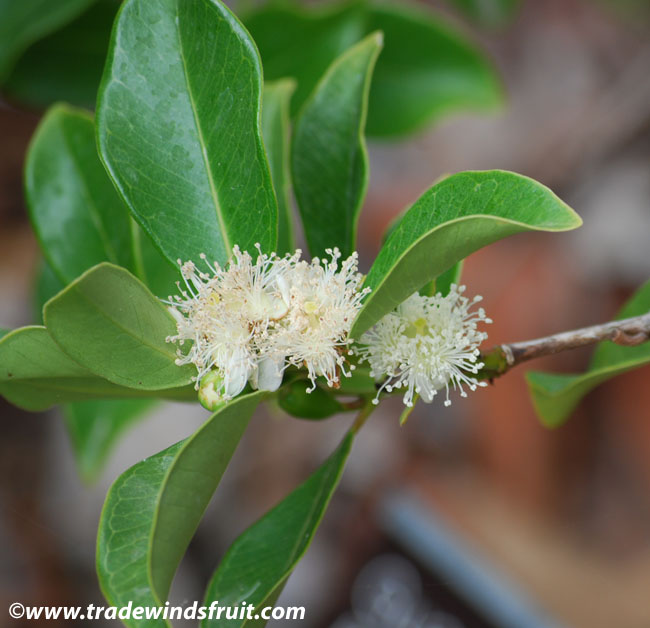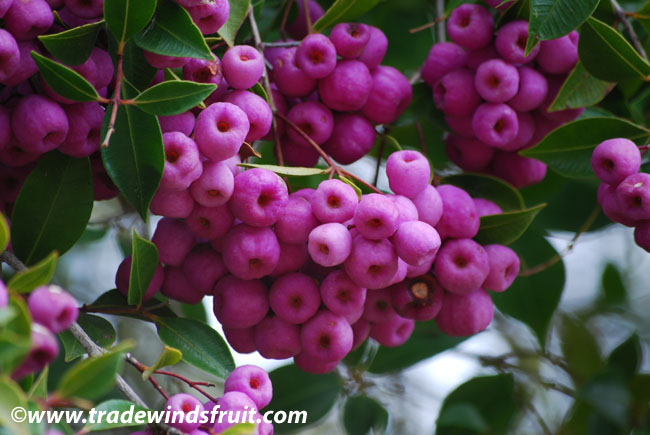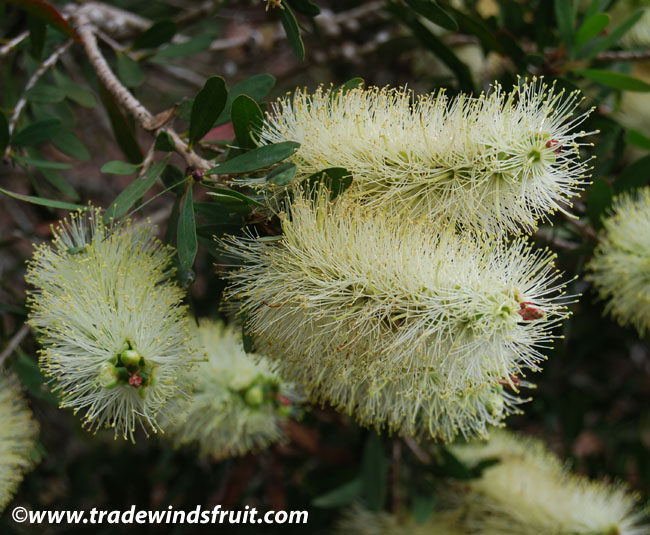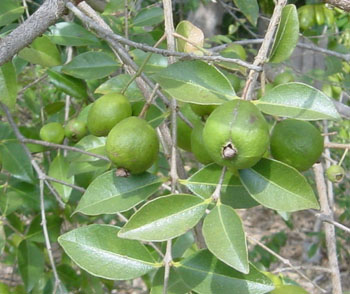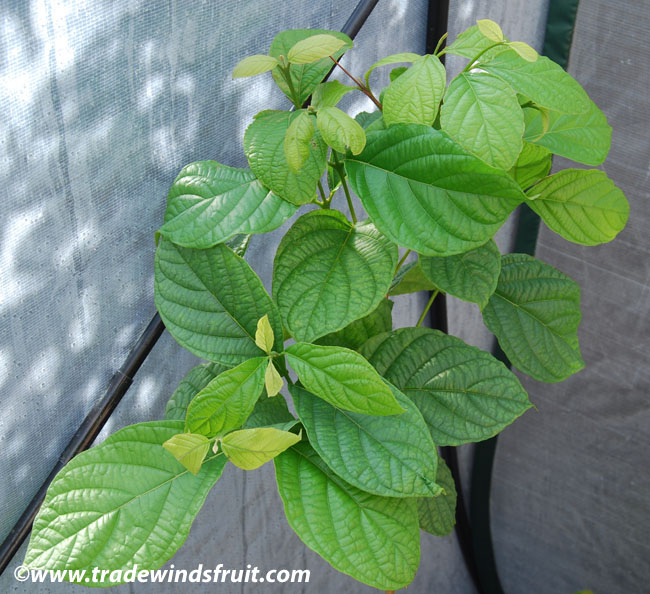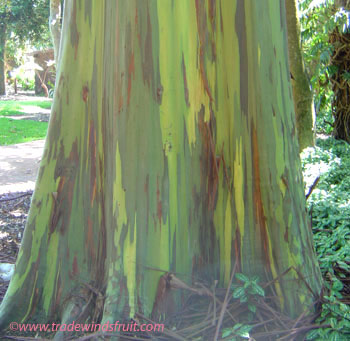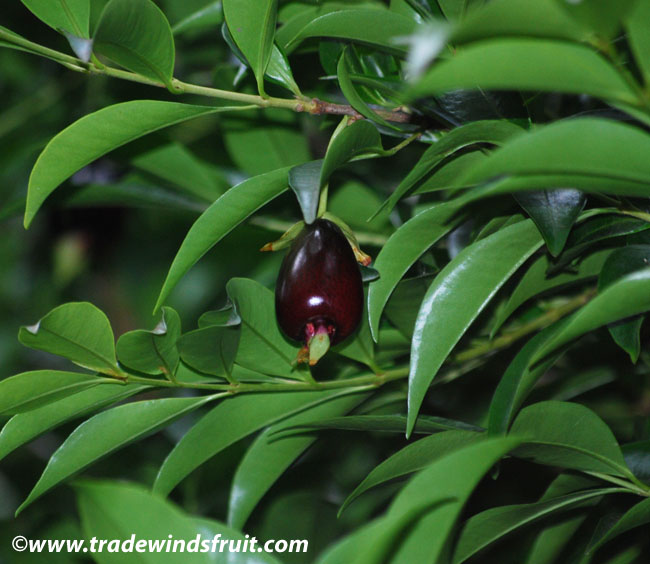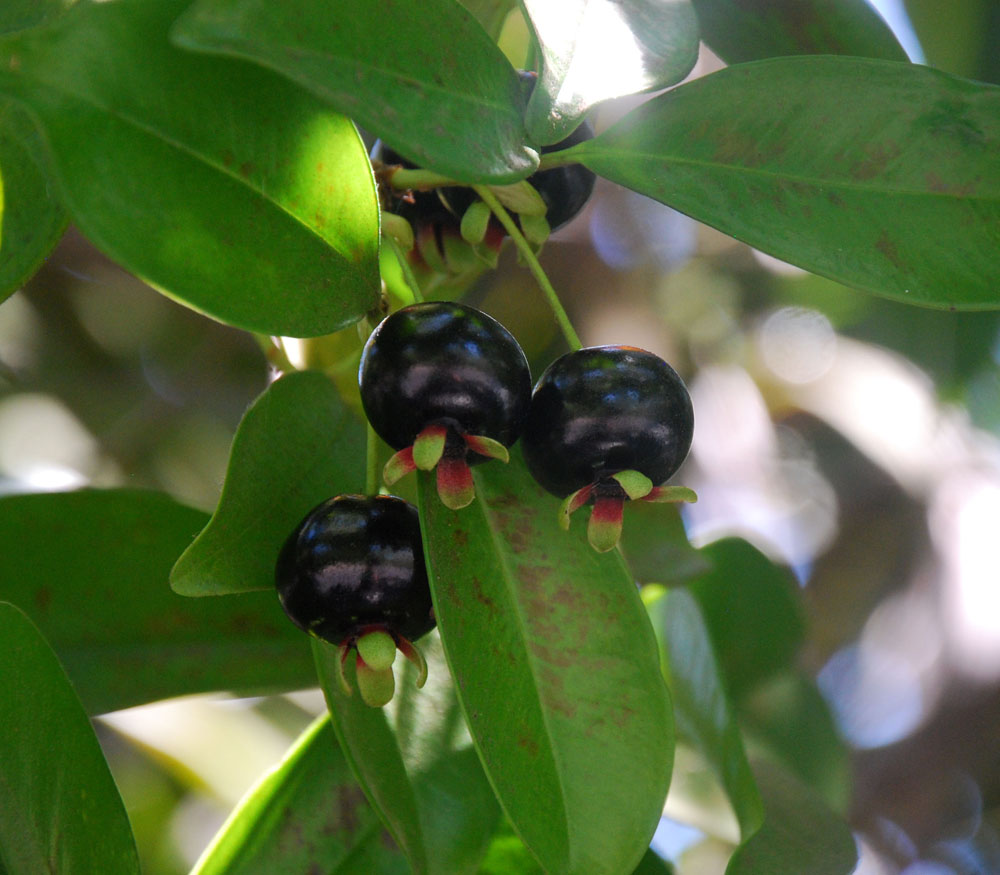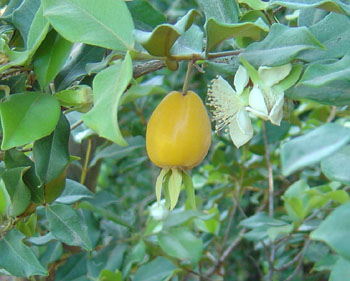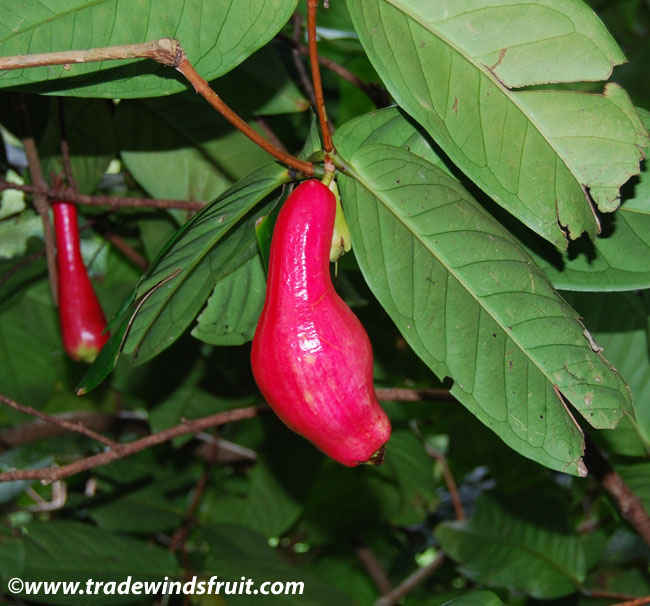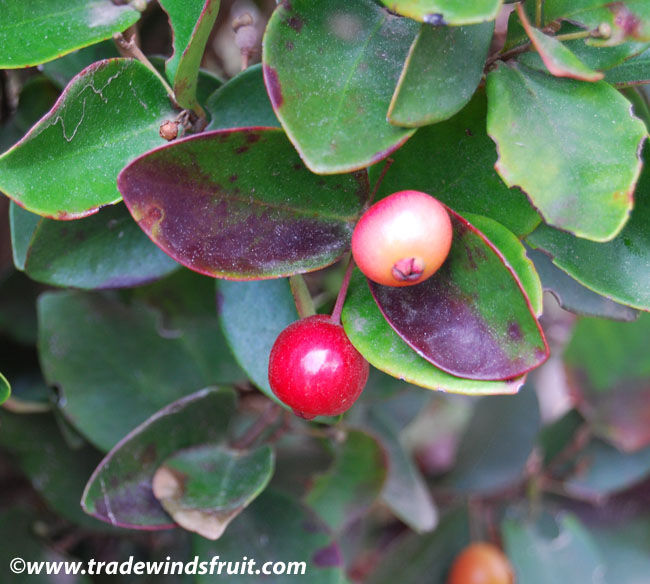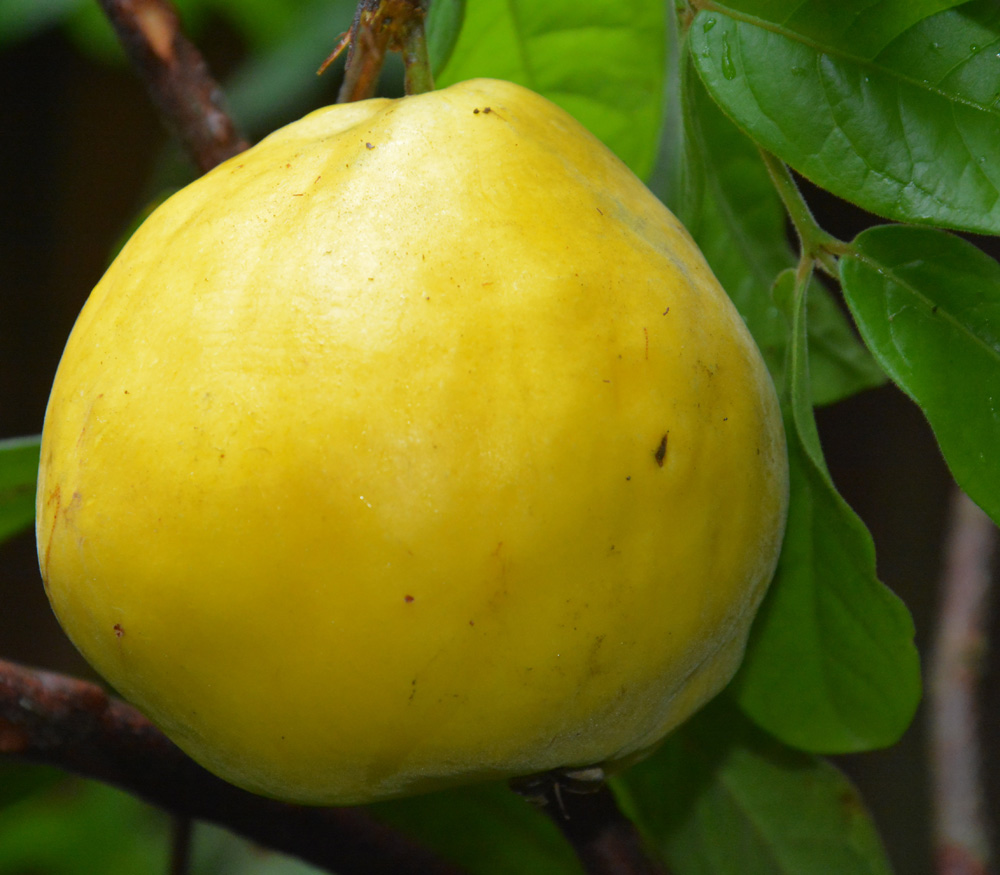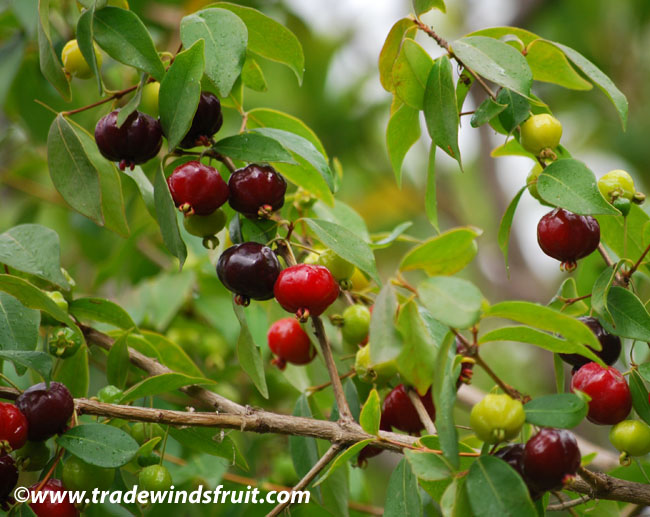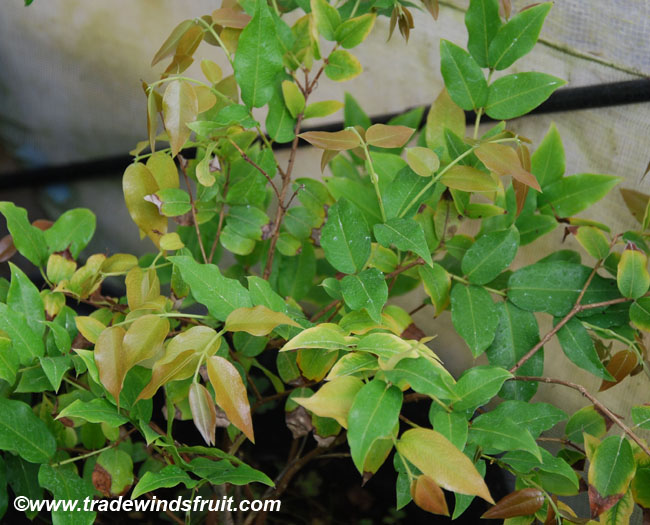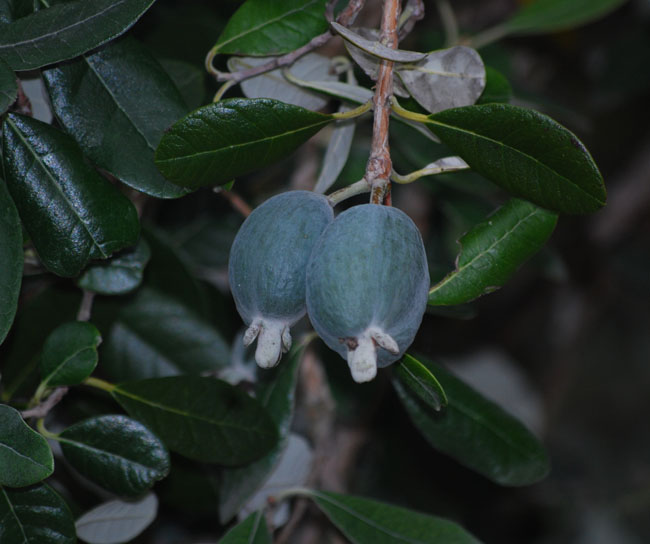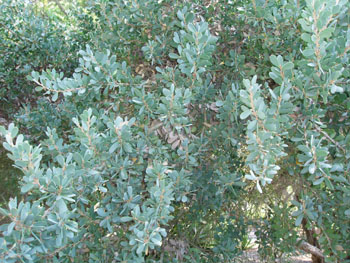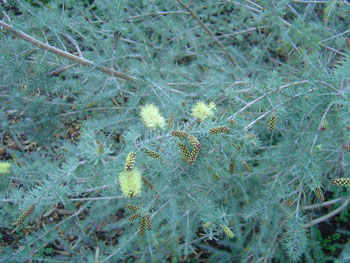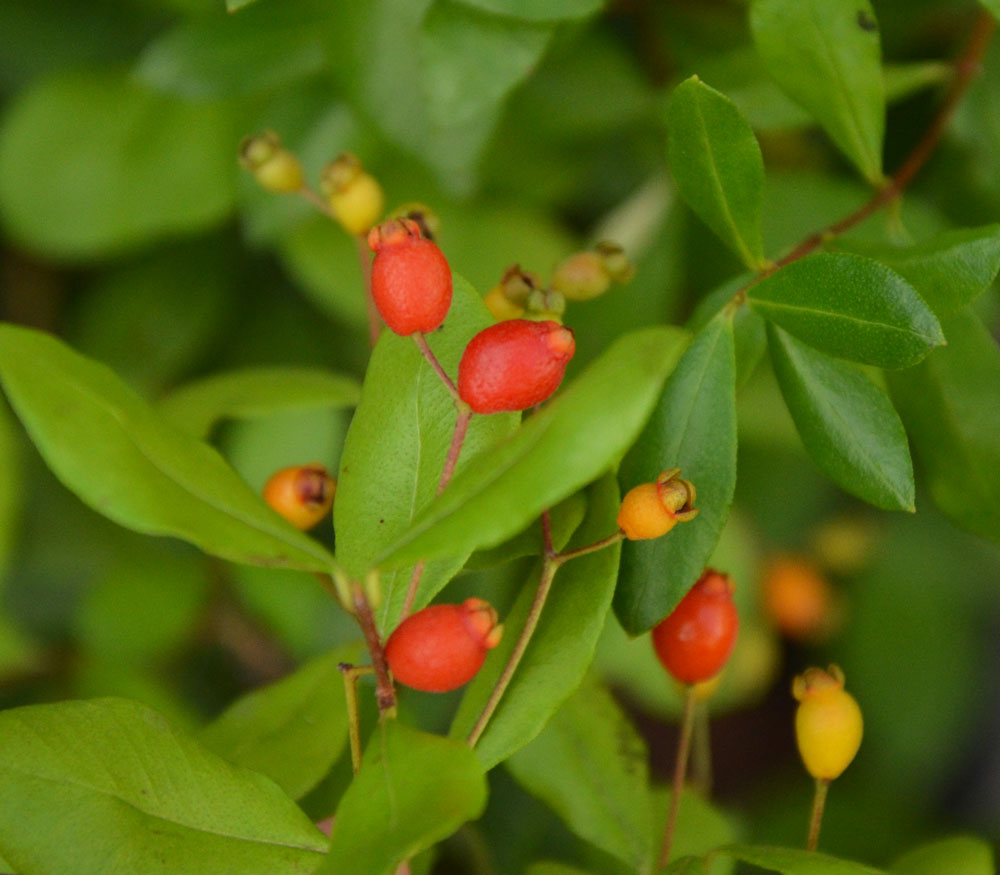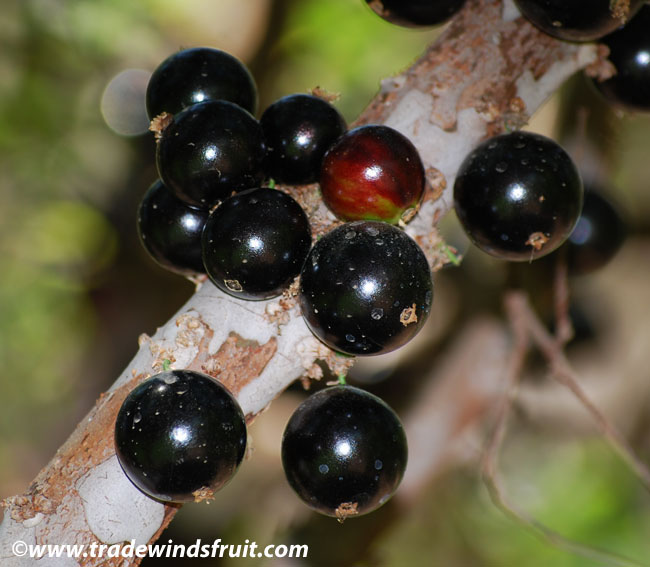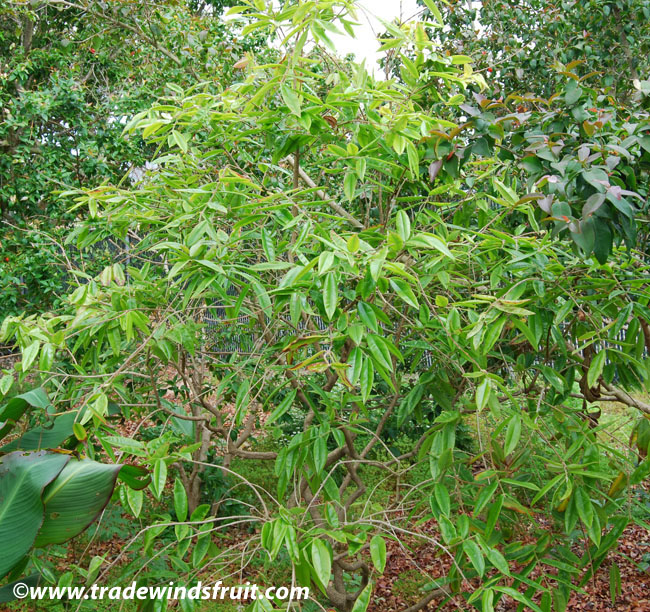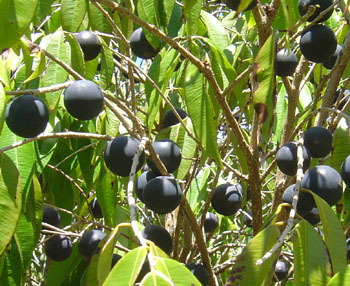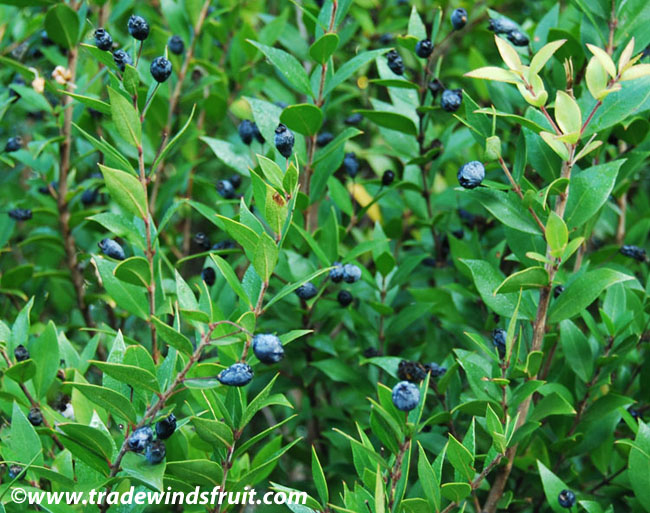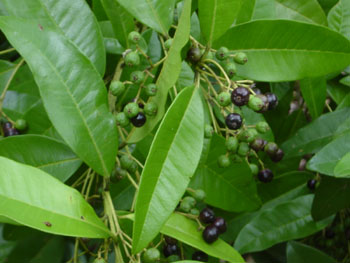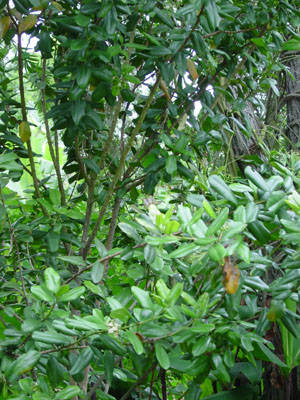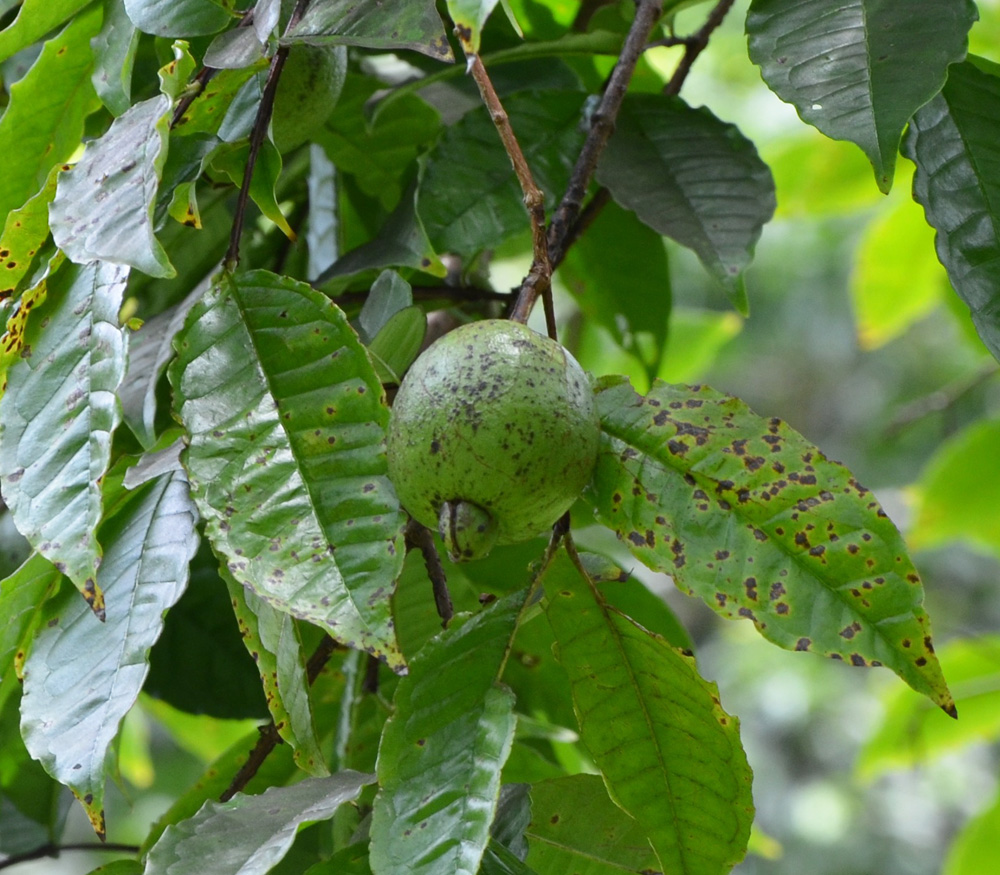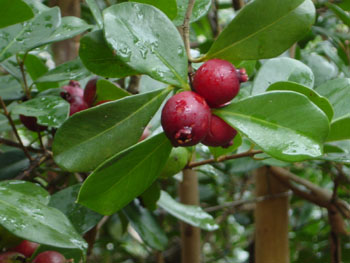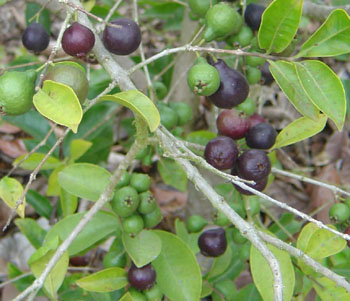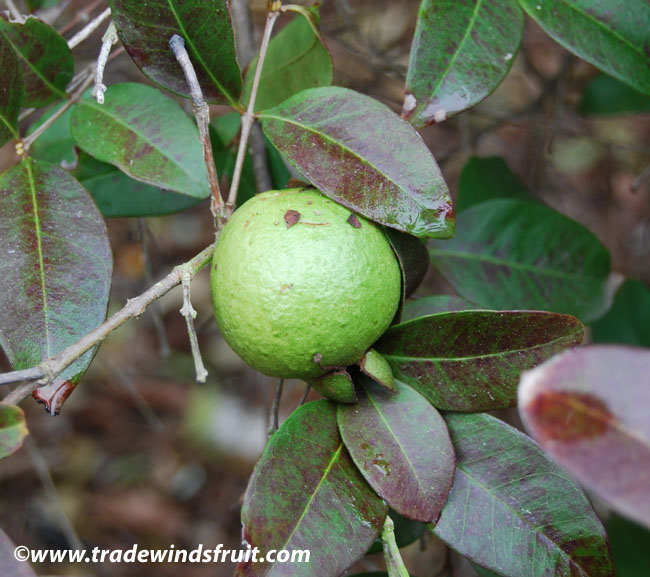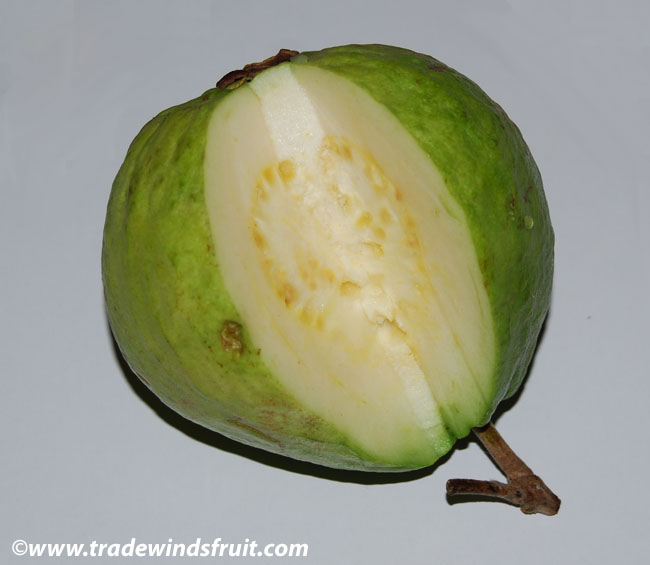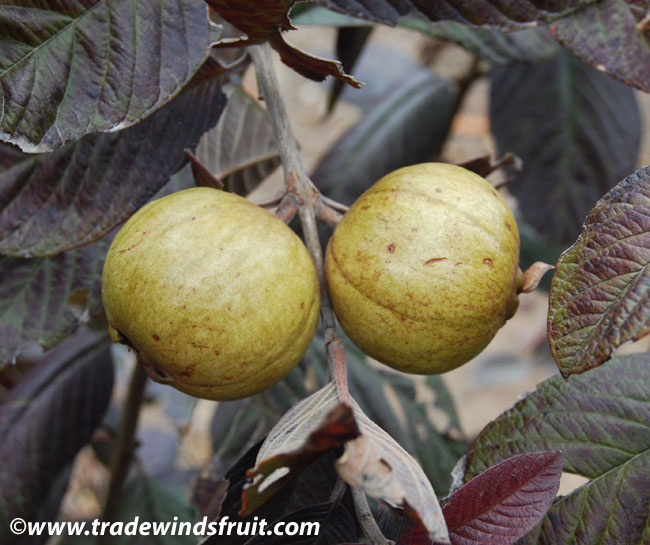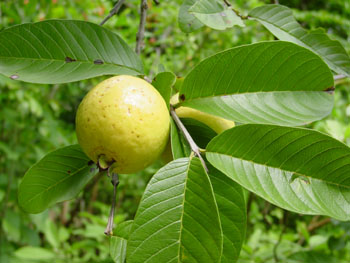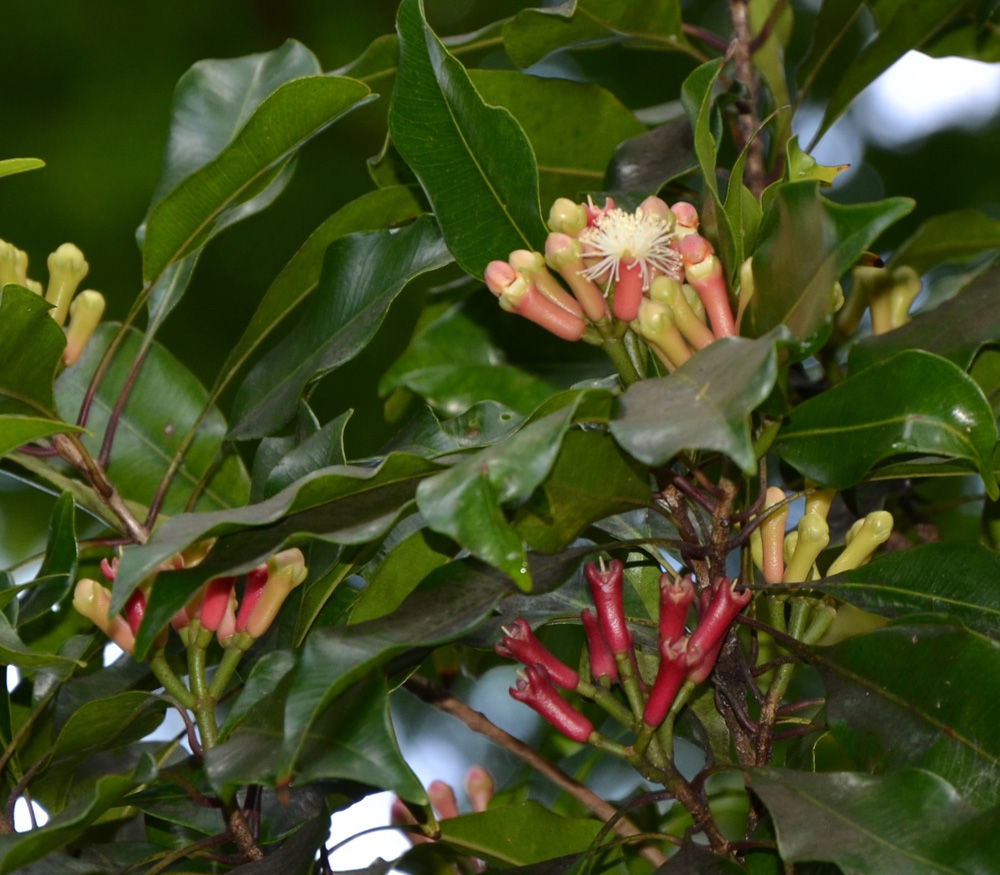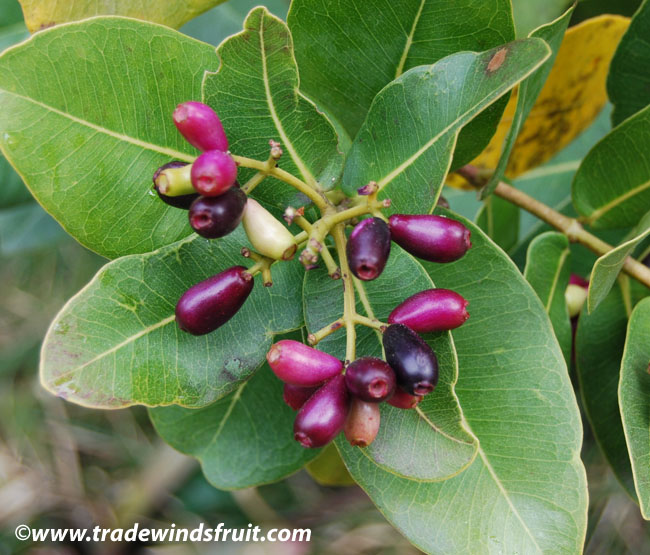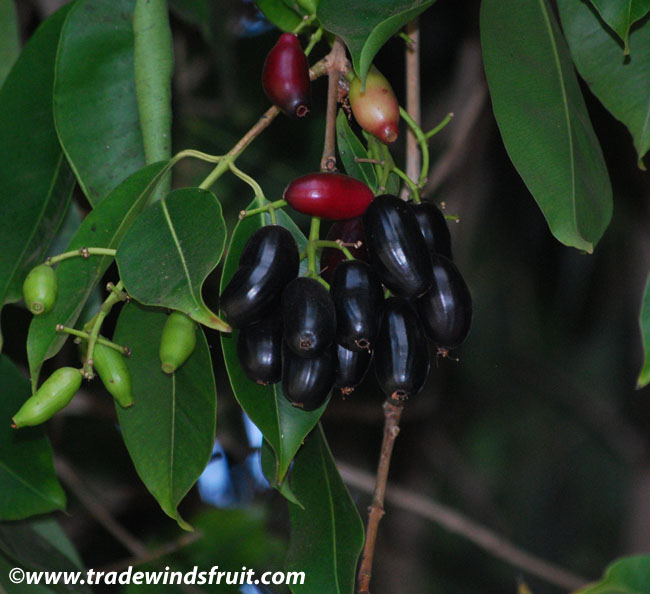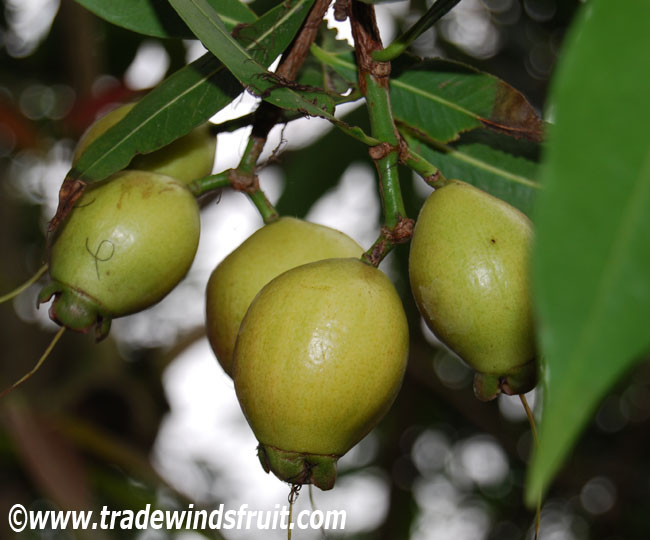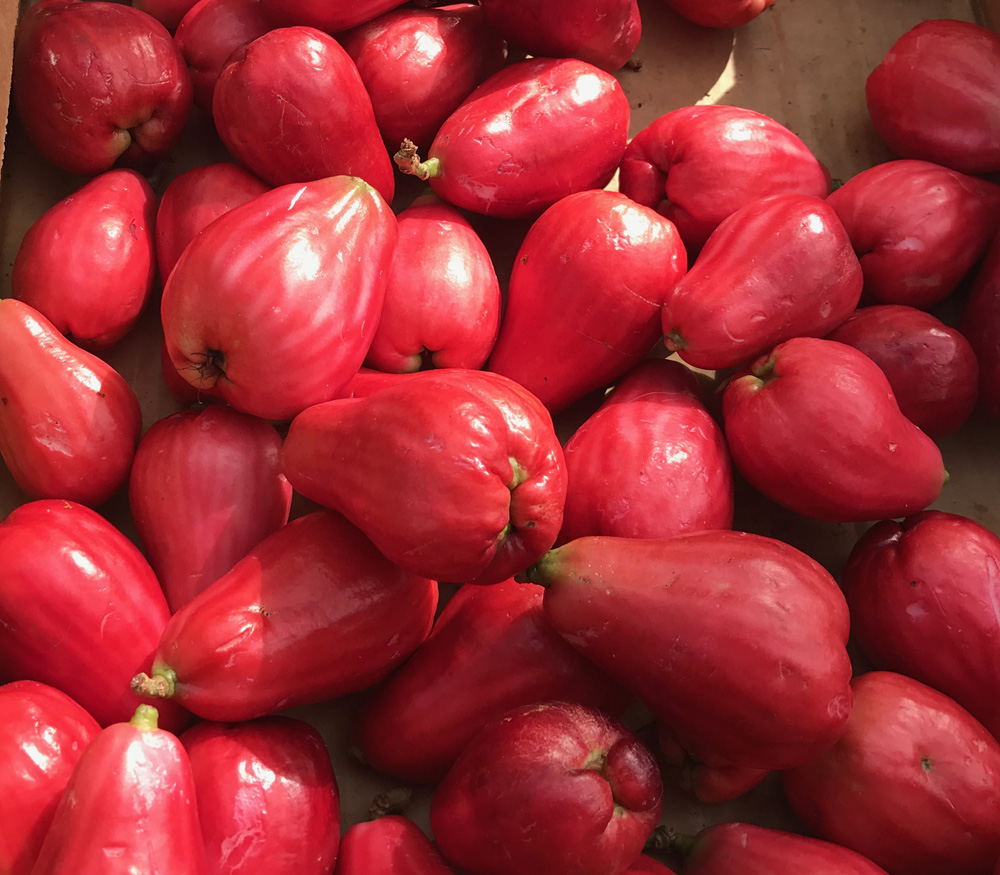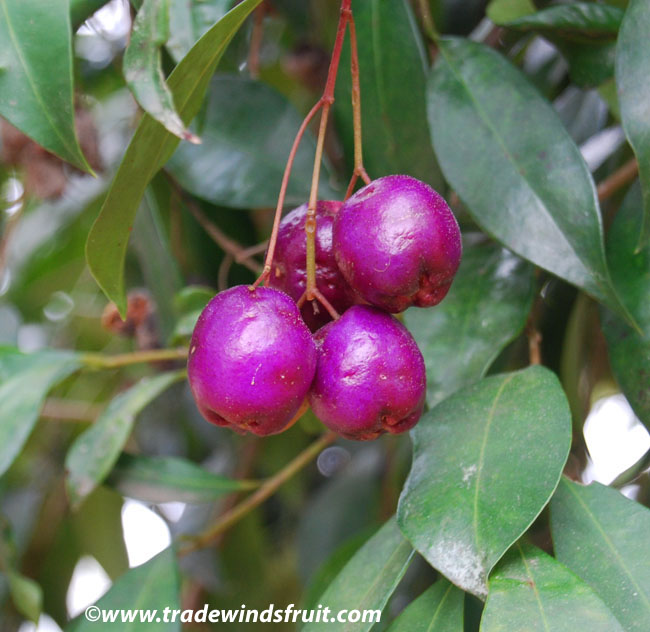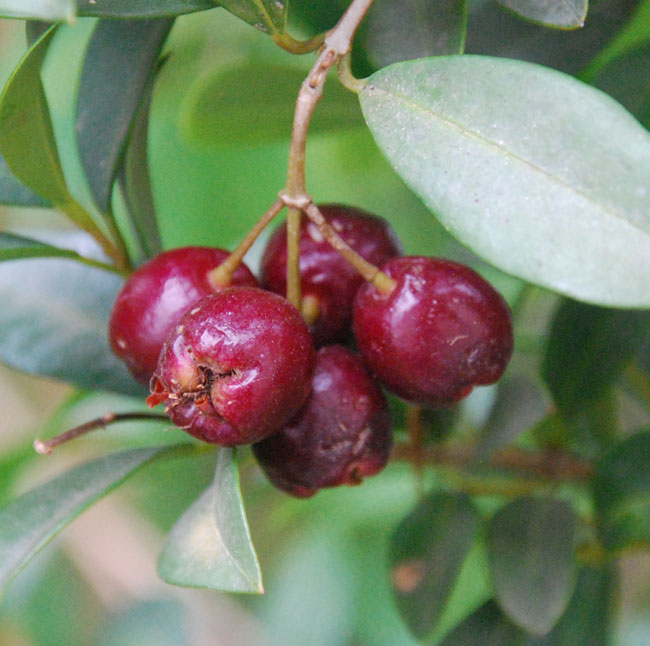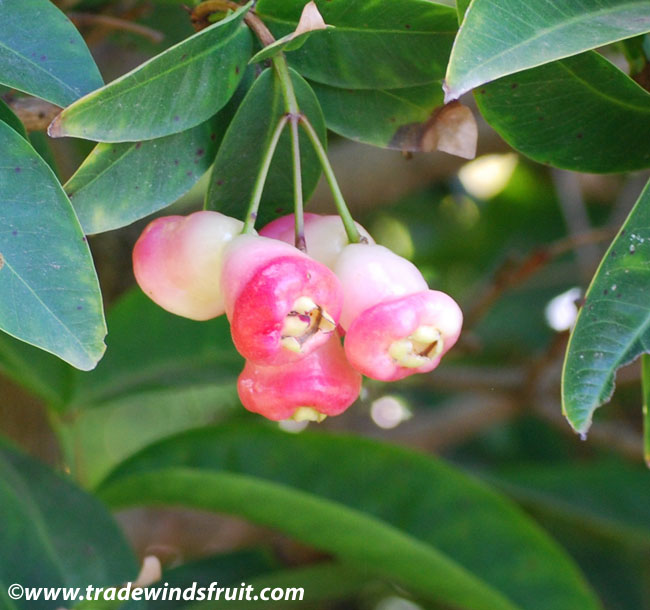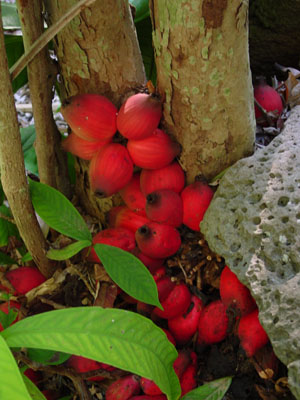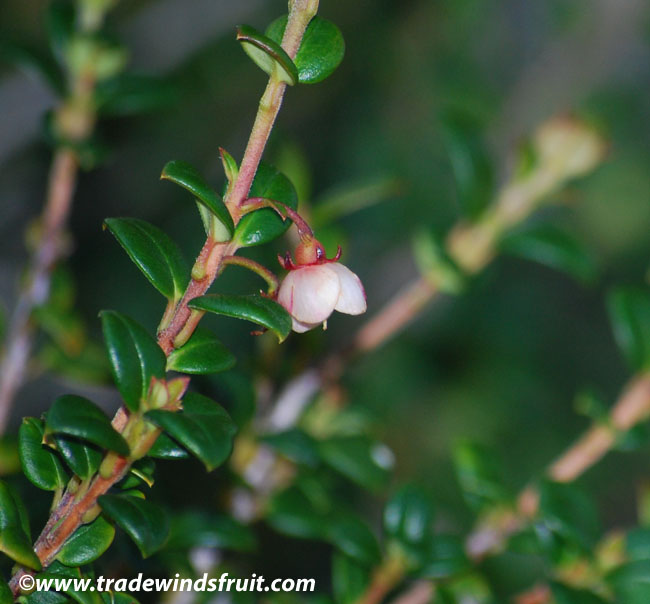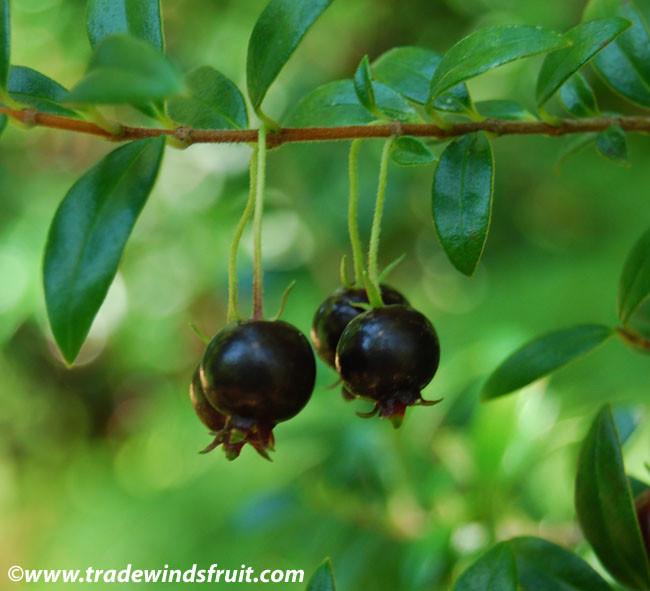- Home »
- Information »
- Lemon Guava
Lemon Guava
Psidium littorale (P. cattleianum lucidum)
Yellow guava, similar to the strawberry guava except fruits are often slightly larger (1-2"). Flesh is yellow, very fragrant, with the suggestion of a lemon-guava like flavor.
Seed Availability
Seeds are not available for the Lemon Guava. Please visit our seed store to view current selections. Seeds were last available in September 2018.
Description
Small bush or tree to 20-25ft, although often much smaller. The frilly white flowers are often borne a couple of times a year, concentrated during warmer months.
Hardiness
Lemon guava's are hardy to 22F when full grown.
Growing Environment
The lemon guava is very adaptable and can be grown outdoors throughout much of Florida and California. It will fruit in a container almost anywhere if protected from hard freezes. Trees grow well in full sun and with ample water, although short periods of drought will not harm the plant. Lots of water is needed during fruit development and for proper ripening to occur. See also: strawberry guava (Psidium cattlenium)
Propagation
Usually by seed, sometimes by cuttings.
Germination Info
Guava seeds are of moderate difficulty to germinate. The most common stumbling block is not allowing enough time to pass for germination as guava seeds routinely need a minimum of 4-6 weeks before any possible germination. Plant seeds 1/4-1/2" deep in moist, sterile soil. Keep soil temperature consistent at 70-85F. Cool soils will significantly delay seed germination time and soil temperatures below 60-63F will inhibit germination altogether.
Estimated germination time under optimal conditions: 4-12 weeks, though occasionally longer. Seeds often show staggered germination.
Uses
Usually eaten fresh or used to flavor beverages, ice creams, and desserts.
Native Range
Native to coastal areas of Eastern Brazil. The strawberry guava is now a weed in many parts of the tropics where it has quickly adapted to a variety of climates. There are major infestations on Hawaii and many Caribbean islands. In tropical climates, the strawberry guava is most often found growing at higher elevations, where the mean temperature is much cooler.

